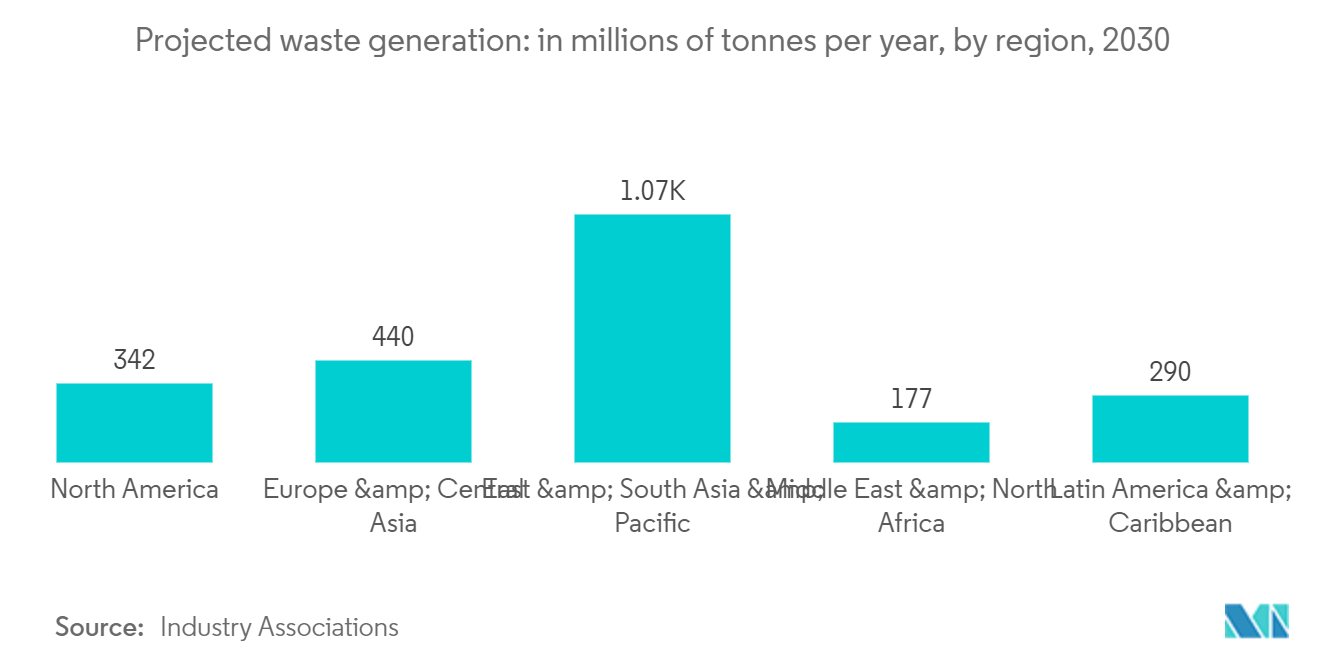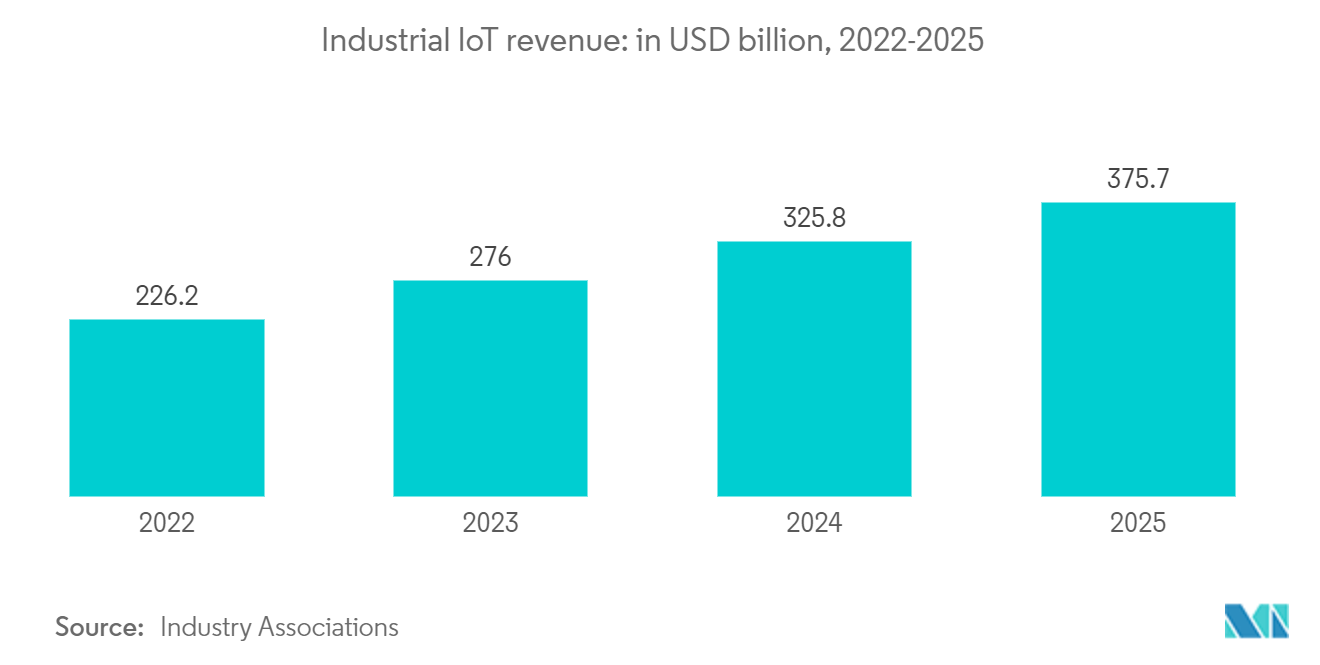Market Trends of Industrial Waste Management Industry
A Growing Demand for Industrial Waste Management is Anticipated in Asia
Increased production and industrial activity can be expected in the East and South of Asia-Pacific due to rapidly developing industries and economic growth. The production of industrial waste is usually proportional to the growth of the sector.
Increased production of waste from industry is a result of the development of manufacturing industries such as textiles, chemicals, and electronics. During the production process, sectors such as textiles and chemicals may generate a significant amount of waste. In November 2023, LICADHO, a non-profit organization in Cambodia, reported that pre-consumer garment waste, including rubber, fabric, plastic, and other materials from the brands, was being burned at seven factories. To save fuel costs, factories burned waste from the production site, which caused headaches and respiratory problems for their workers.
Rapid technological change may also lead to the generation of electronic waste, as old technologies are no longer relevant. There may be an increase in waste generation due to the adoption of new technology by Asian countries. As per industry experts, AI spending in Asia-Pacific is expected to reach USD 78.4 billion in 2027, including services, software, and hardware for AI-focused systems.

The Internet of Things is the Future of Waste Management
Due to how waste containers are managed, the accumulation and disposal of waste have become major problems for urban areas. The new technologies are proving to be a revolutionary solution and efficient way of addressing these challenges. For instance, wireless sensor network (WSN) and Internet of Things (IoT) technologies are used to manage waste containers.
The Raspberry Pi, developed in collaboration with Broadcom, is an affordable computer that can run Linux. It includes GPIO (general-purpose input/output) pins, enabling users to interface with electronic components for physical computing and delve into the realm of the Internet of Things (IoT). The Raspberry Pi is used in industries where it can be adopted by countries managing waste.
Smart waste management (SWM) encompasses the gathering and analysis of data from sensors installed on smart garbage bins (SGBs), the coordination of waste trucks and urban infrastructure, and the strategic planning and optimization of waste truck routes. To provide a comprehensive real-time perspective, SWM systems can be grouped into two categories, i.e., those that improve internal processes and those that distribute information. Several studies have suggested the economic and environmental benefits of SWM systems.
IoT is also set to have a significant impact on the economy. According to experts, the Internet of Things could create USD 11.1 trillion a year by 2025.


